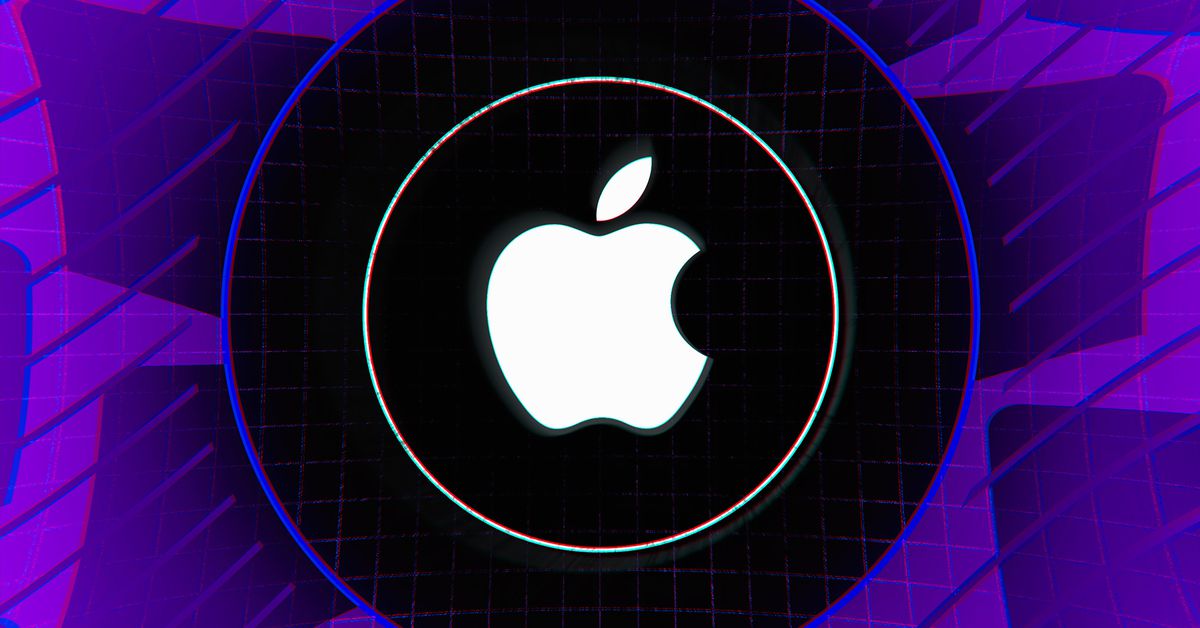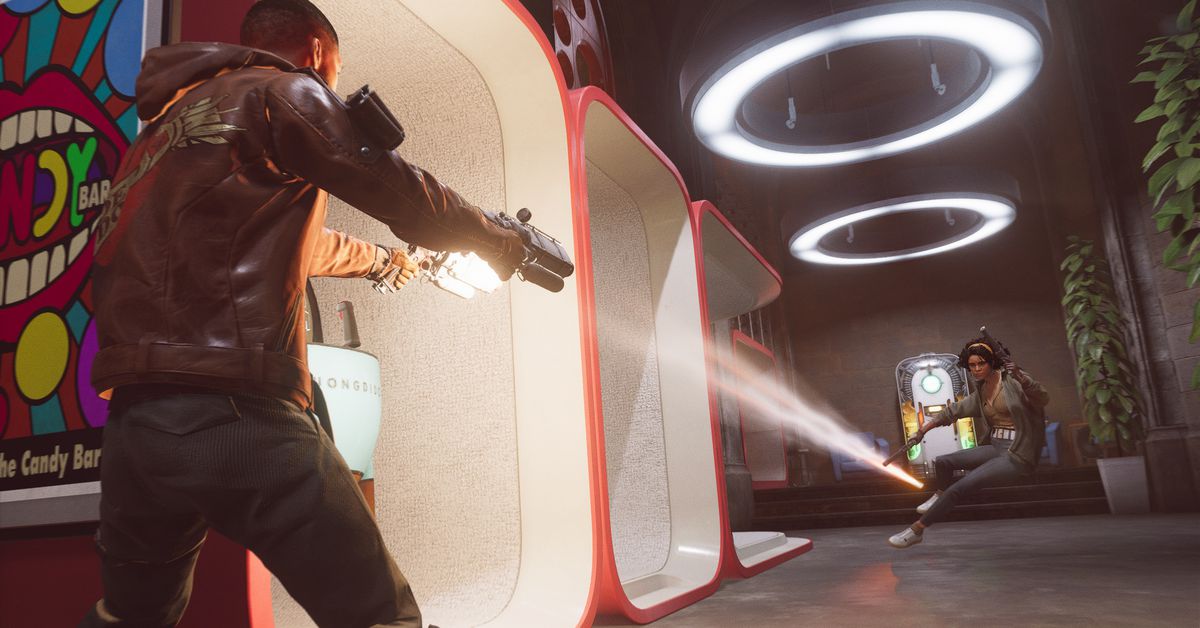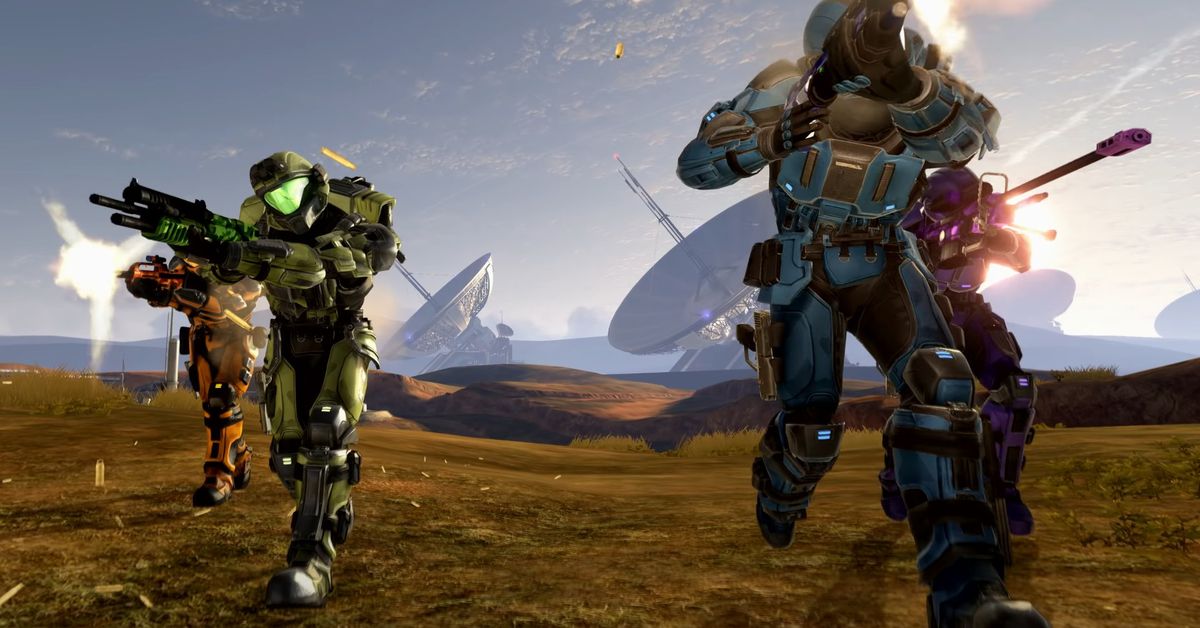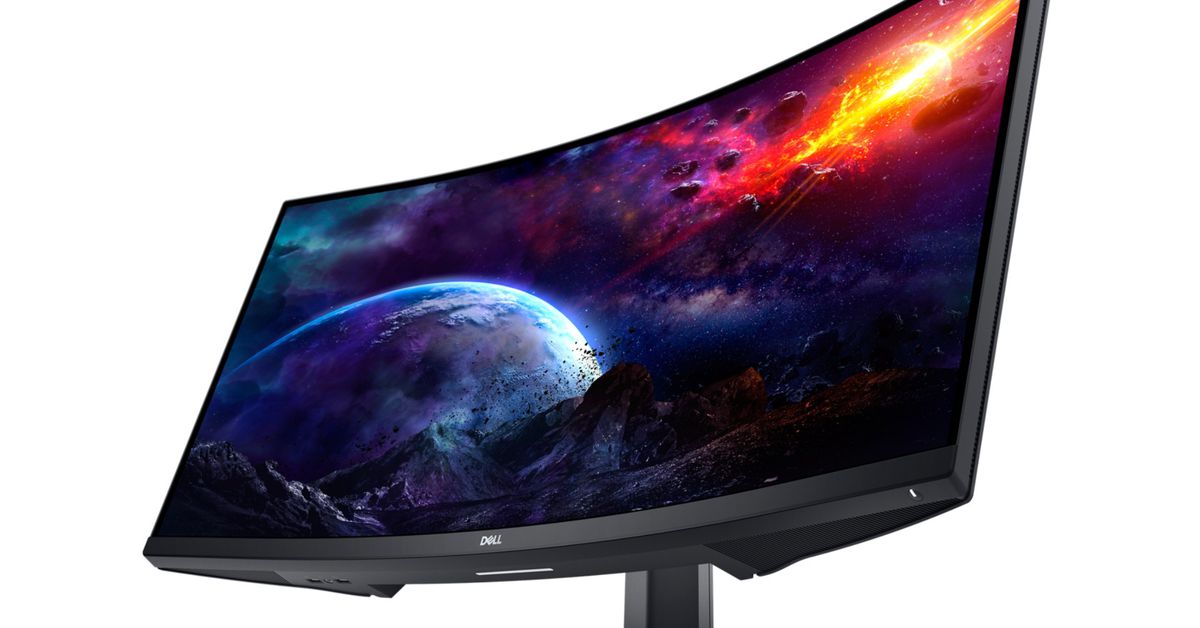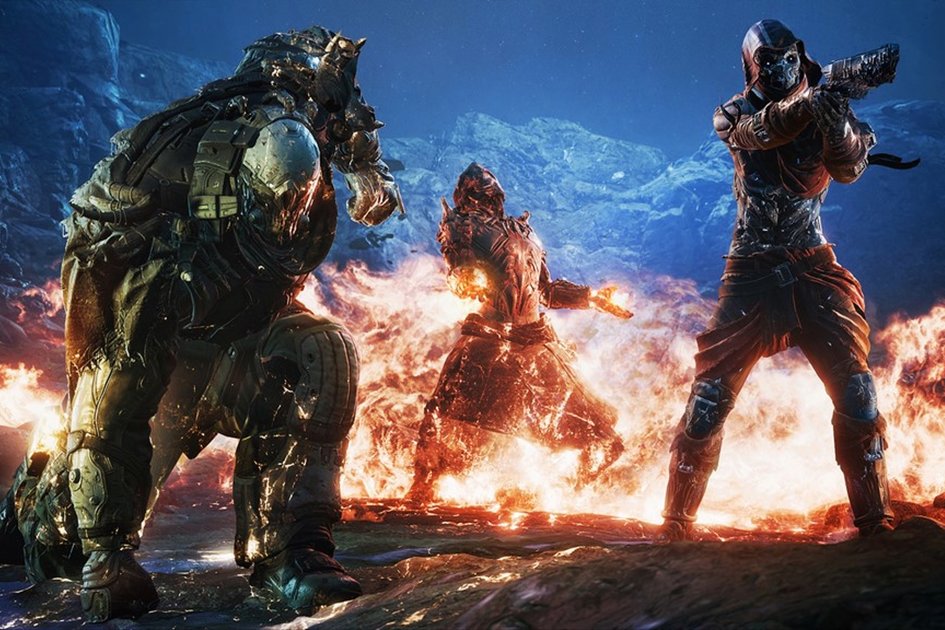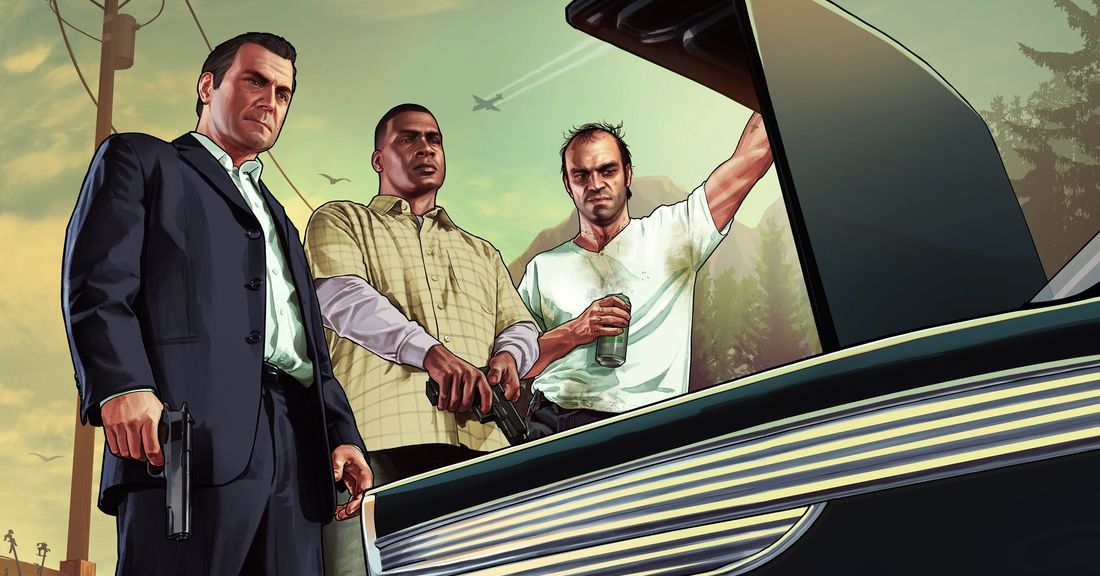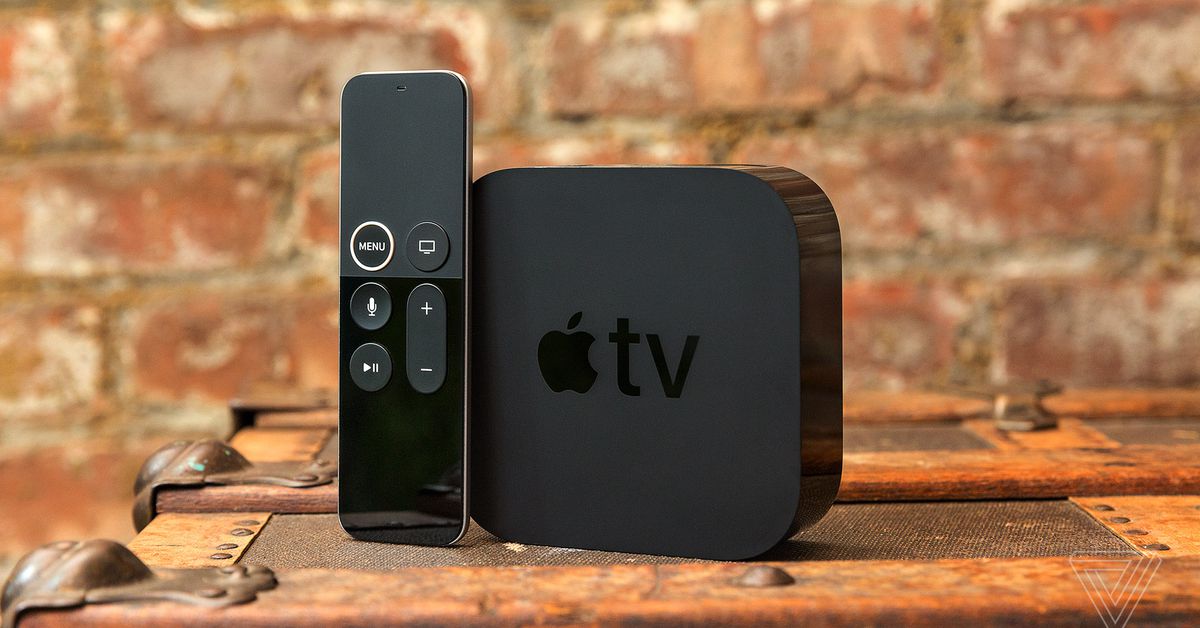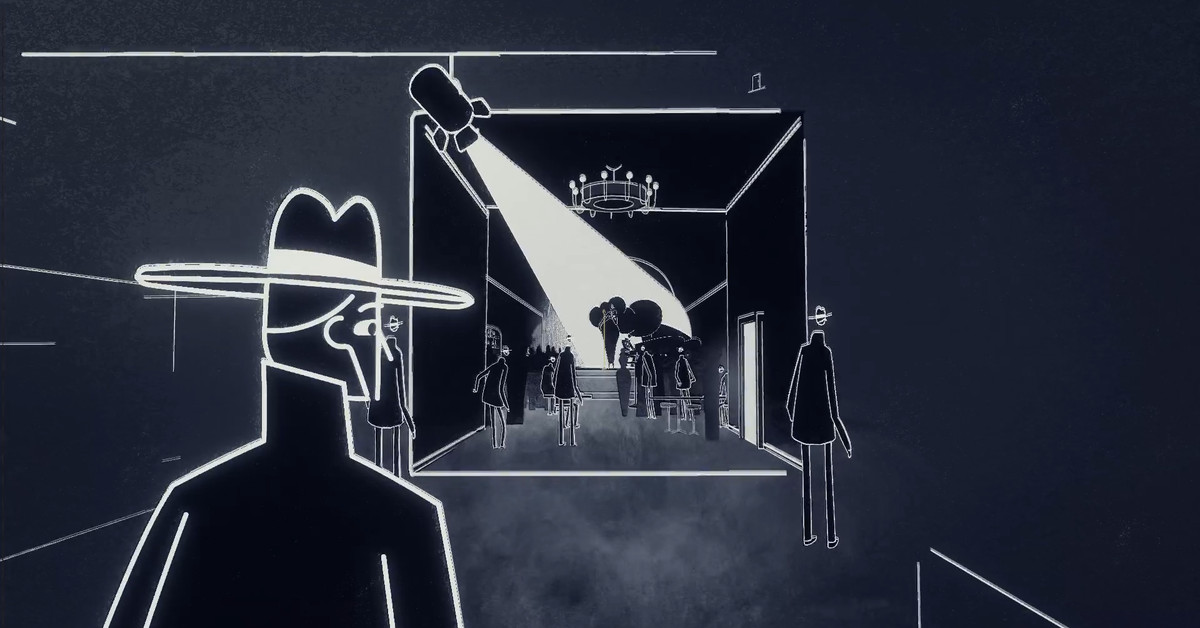We haven’t heard much about Age of Empires IV since it was announced in 2017, but we’ve finally been given a look at the game, which includes the Mongols and Delhi Sultanate as playable civilizations. Microsoft and developer Relic Entertainment showed off a healthy amount of gameplay footage as well as new features and civilizations coming to the series in a “Fan Preview” event. The game also has a release window: fall 2021.
The last main entry in the long-running historical strategy series was released in 2005, and the new game looks to build on the formula created by previous entries, while adding features made possible by 15-ish years of technological improvements. That includes the obvious things — like 4K and HDR — to more strategy game-centric upgrades, like new pathfinding that will accommodate tons of units.
According to the team behind the game, there will be eight civilizations in the initial release of the game. So far, we know four of them: the Mongols and Delhi Sultanate are making their first appearances in Age of Empires, and the Chinese and English will be returning. So far, there hasn’t been a lot of information about the unique abilities and traits of each civilization. However, we did get to see that the Delhi Sultanate will include elephant units and that the Mongols will have the ability to pack up and move their buildings and towns (which is mind-blowing to see in action).
During a Q&A, Relic talked a lot about adding asymmetry to civilizations; the team wanted to make sure that each played differently, with the randomly generated maps playing to different civilizations’ strengths and weaknesses. For example, a wide-open map could benefit the Mongols with their highly mobile units and towns, while a map with a lot of chokepoints could benefit the defense-heavy English. There will still be similar classes of units, but the developers wanted to make sure that players could switch up the gameplay style if they wanted to and even main a certain civilization if they really like its mechanics.
The game’s creators also talked about the evolution of campaigns, which act as a sort of story mode in Age of Empires. They revealed that there would be four campaigns in the game but only shared details about one: the Norman conquest. I’m not enough of a history buff to know anything about that, but it seems like the game will be trying to teach me. The team talked extensively about the fact that campaigns would include documentary footage with narration about the real-life historical events that you’ll be playing through.
The game will also include some new mechanics. The studio showed off a very interesting feature called stealth force, which allows players to create ambushes where enemies will not be able to see their units hiding and waiting. It’s a feature the creators hope will not only add excitement and tension to gameplay, but will actually give you a reason to keep scout units around, as you’ll need to make sure there isn’t an entire army hiding along your route.
The event also showed off wall combat, where units were able to fight both in front of and on top of castle walls, and siege mechanics, where a base could be surrounded by units and — as the name implies — siege weapons. These two mechanics should help to make raiding and defending castles more strategic. We also got a brief glimpse at an area-of-effect wololo, something that’s very intriguing for fans of Age of Empires and memes alike.
Fans of older entries in the series also have things to look forward to. The developers talked about Age of Empires IV being a spiritual successor to AoE II, while still incorporating some elements from III, such as the addition of choice into the aging-up mechanics. The Definitive Edition of Age of Empires II and III are also getting updates.
Age of Empires II: Definitive Edition is getting its second expansion pack, titled Dawn of Dukes, which will focus on Eastern Europe. Co-op will also be coming to the game at some point this year, which will allow you to play through certain campaigns and battles with friends.
Age of Empires III: Definitive Edition is getting the United States added as a civilization in an update. Cleverly, the update will be free if you play through a challenge, but players who don’t want to go through the effort will be able to purchase it from Steam or the Microsoft Store. It was also revealed that the first AoE III: Definitive Edition expansion is being worked on and will feature African civilizations.
As someone who played hundreds of hours of Age of Empires II, I’m excited for the tech tree advancements in Age of Empires IV. Of course, I’d also love more details, especially after such a long wait since the announcement. What other civilizations will we get to play? What do the plans for future expansions look like? Will there be fun cheat codes? These questions are unanswered for now, but it seems like it won’t be entire age before we find out. I look forward to finding out that I forgot everything about how to play the game and immediately getting crushed by an easy AI when it finally releases.
Age of Empires IV will be available on Windows 10 PCs through Steam, the Microsoft Store, and Xbox Game Pass for PC in fall 2021.

